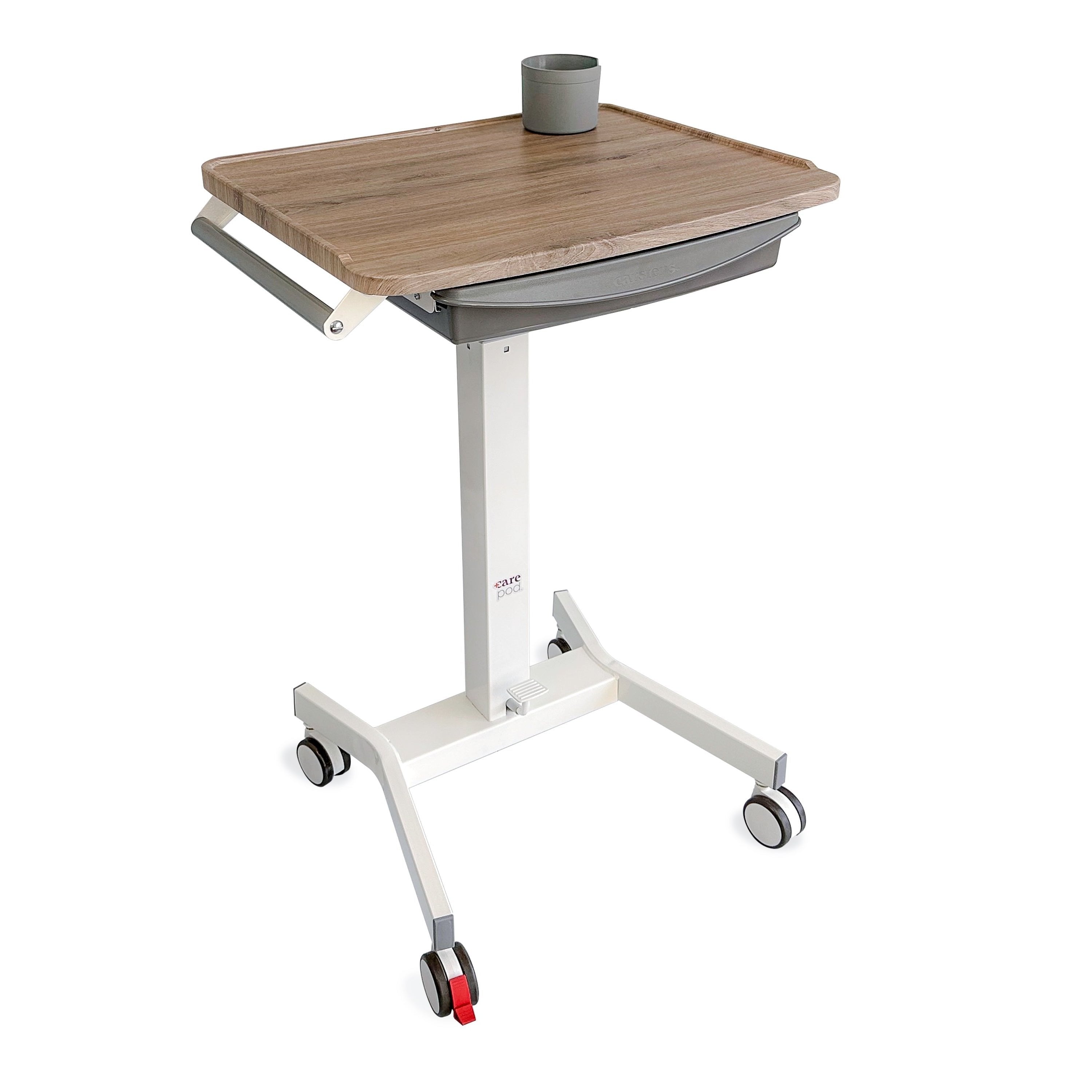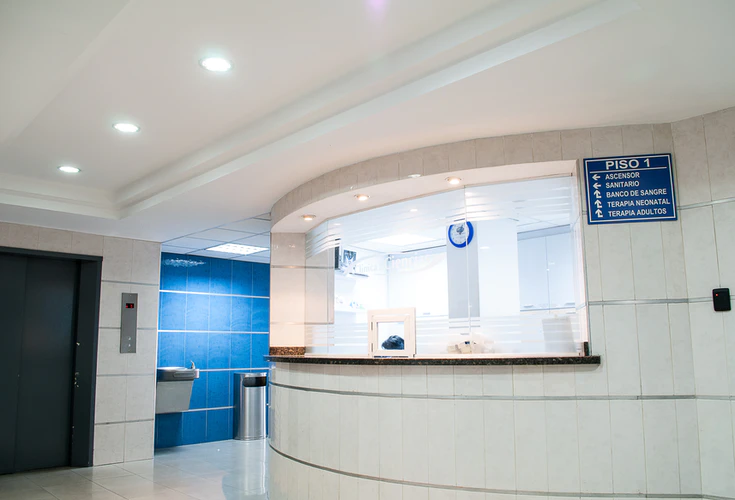Steps Hospitals Can Take to Better Utilize Their Work Space Post-Covid
During the Covid-19 pandemic, many organizations began to reevaluate their work space needs when many employees began working remotely, and hospitals are no exception. While ICUs and other critical areas have been seeing more use than ever before, other workspaces in hospitals are being underutilized—close to a third of academic medical centers get used for non-clinical work, and much of this space is empty with administrative staff working from home.
Is Space Being Used Effectively?
To create a more effective, productive workplace, hospitals need to understand how their existing workspaces are getting used. By conducting space utilization studies and staff surveys and using smart occupancy sensors, hospitals can more easily determine how and why each space is occupied throughout the day. Doing so gives hospitals valuable info they can use to identify underused spaces along with ones with the highest use to create a better decision-making foundation.
Evaluating administrative spaces for function, adjacencies, role requirements, and team dynamics allows hospitals to understand how effectively the space currently gets used and what changes they can make to better align them with organizational and patient needs.The COVID-19 pandemic showed us that many tasks, particularly IT, support, and administration, can effectively get done at home for at least a part of the workweek. It makes sense for some hospitals, from both a productivity and financial standpoint, to allow certain positions to keep working remotely. Doing so could also help attract better talent and let hospitals see a higher retention rate.
It’s important to understand that there’s not a one-size-fits-all solution for hospitals. You should weigh the costs and benefits of making certain moves and determining which employees should continue working remotely, on-site, or a mixture of the two.
Redesign Existing Space to Accommodate Workplace Trends
The workspace design can play a significant role when it comes to creating a workspace that fosters a better overall experience while using the entire space more efficiently. For hospitals that want to pursue wide-scale remote working policies, the reduced need for offices and workstations opens up many possibilities.
For hospitals going with a hybrid approach between remote work and part-time office work, shared workstations are an excellent option that occupies much less space. Implementing staggered shifts can allow more employees to utilize the same space, and modular furniture and systems can provide the needed flexibility without taking up too much space.
Hospital workspaces can become a hub for teamwork, collaboration, consultation, and hands-on mentoring and learning, while the other work happens at home. Outdoor space can also be used for informal collaboration while effectively expanding employees’ usable space without increasing the size of offices and workspaces.
Repurpose Empty Space
For many hospitals, the process of adopting new workplace designs can result in small clusters of offices or consolidated office spaces. Afterward, they are faced with a new question: how can you put that newly empty space to a more efficient, better use? Some options we’ve seen hospitals choosing are expanding their IT departments or creating command centers to monitor patients, electronic ICUs, and telemedicine centers.
Another option that hospitals might choose to use their excess space for is to expand their fastest-growing service lines into previously unavailable workspaces. With the significant wait times for certain procedures at these hospitals, the chance to expand their clinical capabilities without having to build a new space is a fantastic opportunity. Hospitals can also choose to expand their staff wellness services or services that can have a hard time finding adequate space like physical and occupational therapy, education hubs, patient support groups, and holistic services. These services can also take advantage of hybrid office spaces that get used during the day for other means by running the programs out of those areas after hours.
Another great use for the extra space is creating or expanding infection prevention and safety areas (like rapid testing for hospital staff) to ensure the safety and health of all employees.
Health Screening Areas
Health screening areas have become the new normal, not only for hospitals but for many organizations worldwide. During the pandemic, these screening areas are essential for staff and patient protection, but could there be benefits to creating post-covid, permanent health screening areas? Most likely, yes.
Especially for hospitals who are adopting new workplace designs and have extra space from converting traditional workspaces while employees work from home, utilizing that space to create more permanent health screening areas can greatly benefit every party involved.
While these areas were created to help stop the coronavirus from spreading as much as possible, they can still get used after the pandemic to help prevent the unnecessary spread of other common illnesses between patients and staff at the hospital. Even simple screening questions and temperature checks at hospital entrances can help keep everyone safe from other infectious diseases and respiratory illnesses.
The Bottom Line
With many financial implications of the COVID-19 pandemic still unfolding, there’s a greater need for hospitals to make use of their existing space and assets. It’s a complex task that varies greatly from organization to organization, but hospitals can see significant financial and productivity benefits.
With the ever-changing needs of hospitals during and post-covid, Carstens is here to help with flexible workspaces and mobile workstations to keep your organization safe and productive.






